Our team of experts can help you perform your experiment, improve the configuration of the setup for your specific application and tackle any issues you could face.
We can help you:
- Incubation specifications
- Easy flushing of remaining cells
- Sterilizing the perfusion chamber
- Cell counting
- And a lot more!
|
Conclusion
Automated cell seeding represents a major advancement in microfluidics, offering precision, reproducibility, and scalability for applications in tissue engineering, drug screening, and regenerative medicine. By minimizing human error and ensuring uniform cell distribution, automated systems enhance experimental reliability and accelerate research workflows.
For researchers seeking the most advanced and efficient microfluidic solutions, Elveflow provides state-of-the-art instruments and expertise to optimize automated cell seeding processes. With high-precision flow control systems, customizable setups, and dedicated technical support, Elveflow empowers scientists to achieve consistent and high-quality results in their cell culture experiments.
By integrating Elveflow’s cutting-edge technology into your lab, you can streamline your workflows, improve seeding accuracy, and unlock new possibilities in biomedical research. Trust Elveflow to deliver the performance and reliability needed for next-generation microfluidic applications.
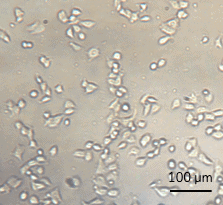
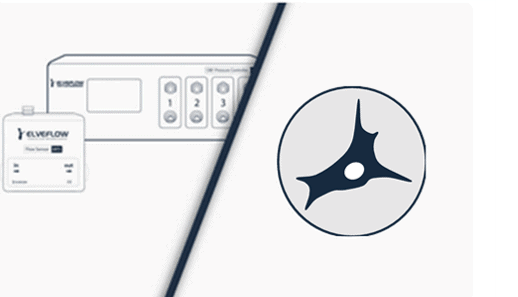
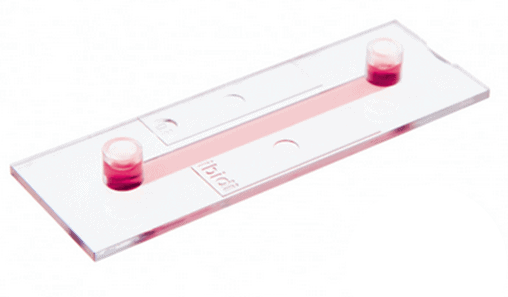
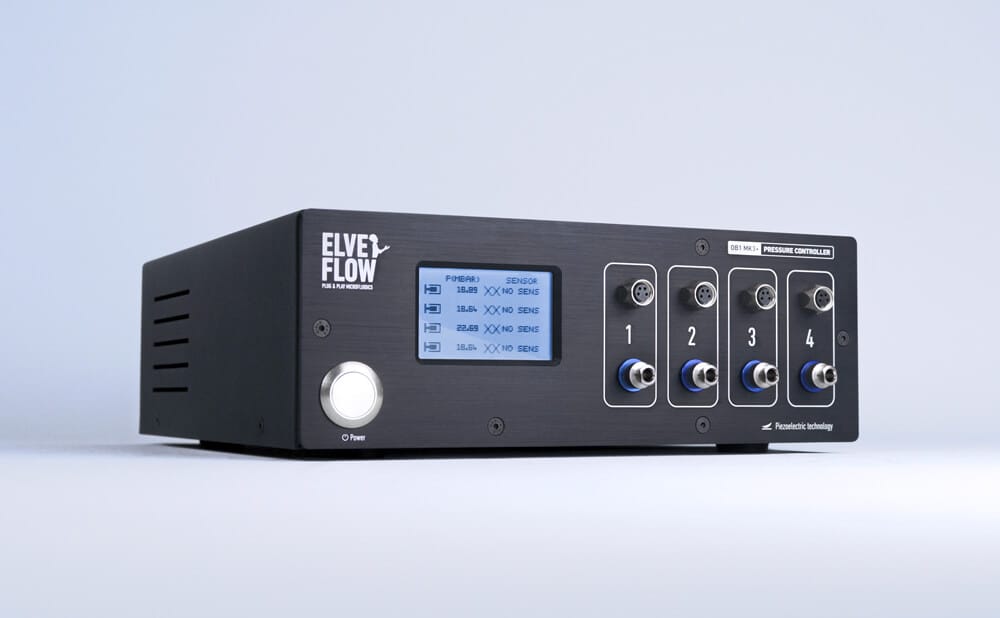
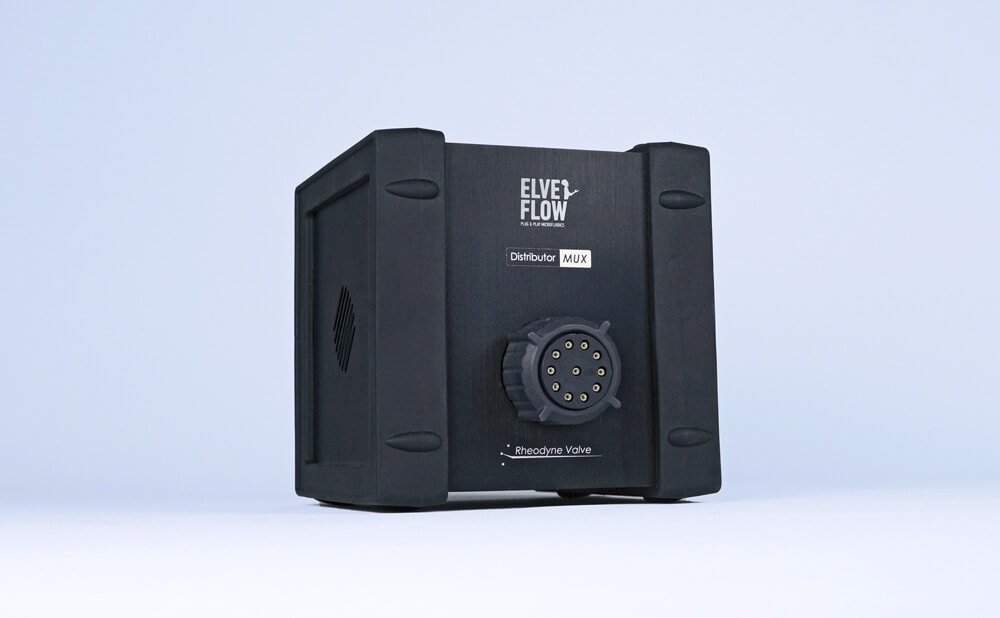
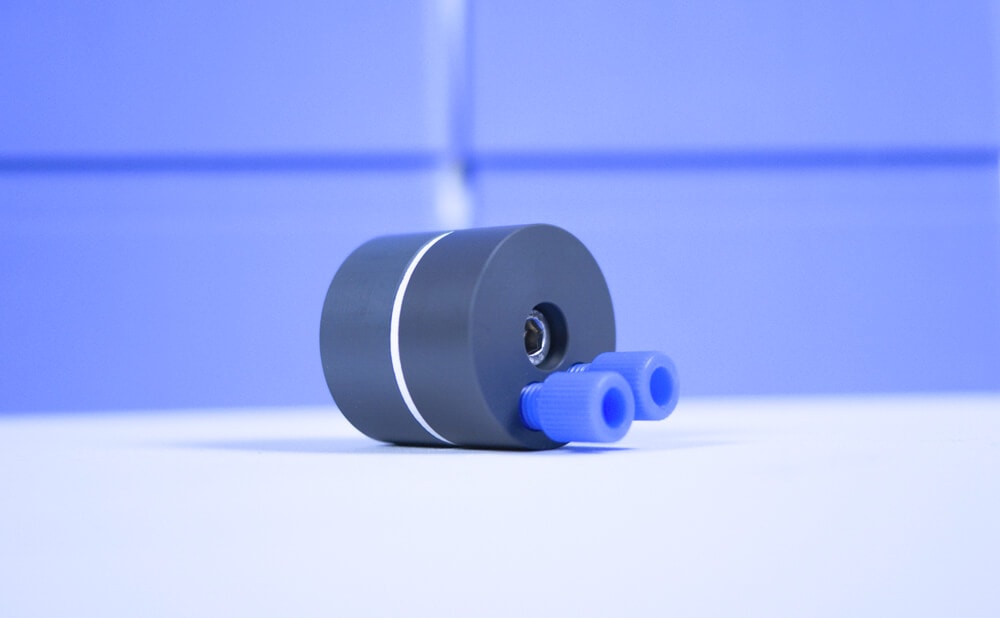
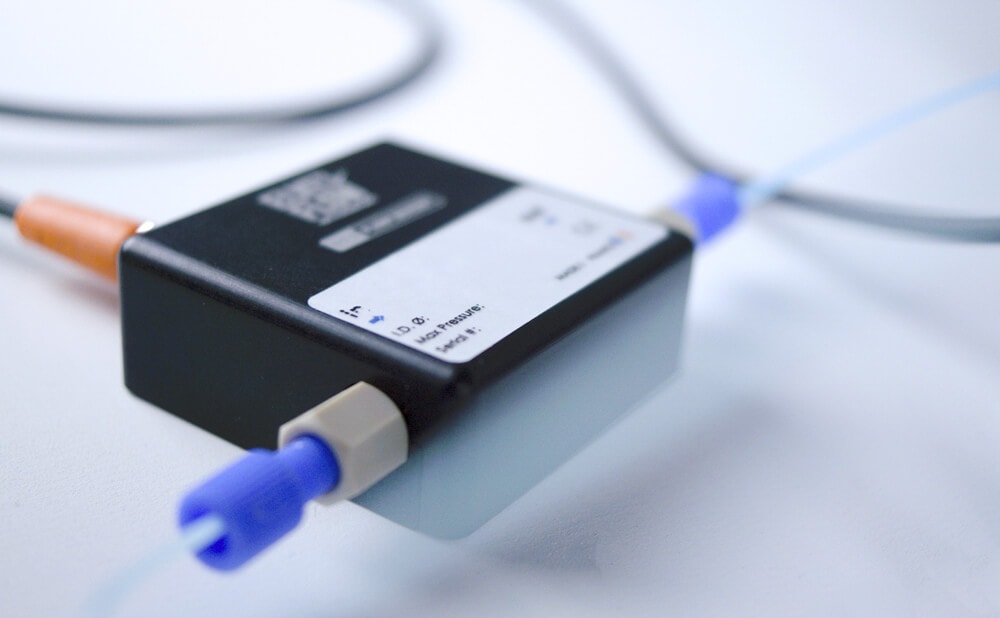
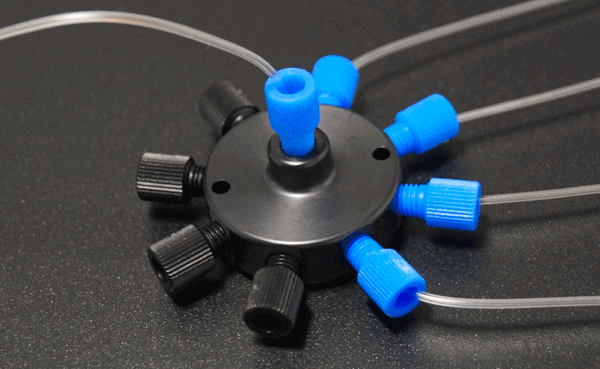
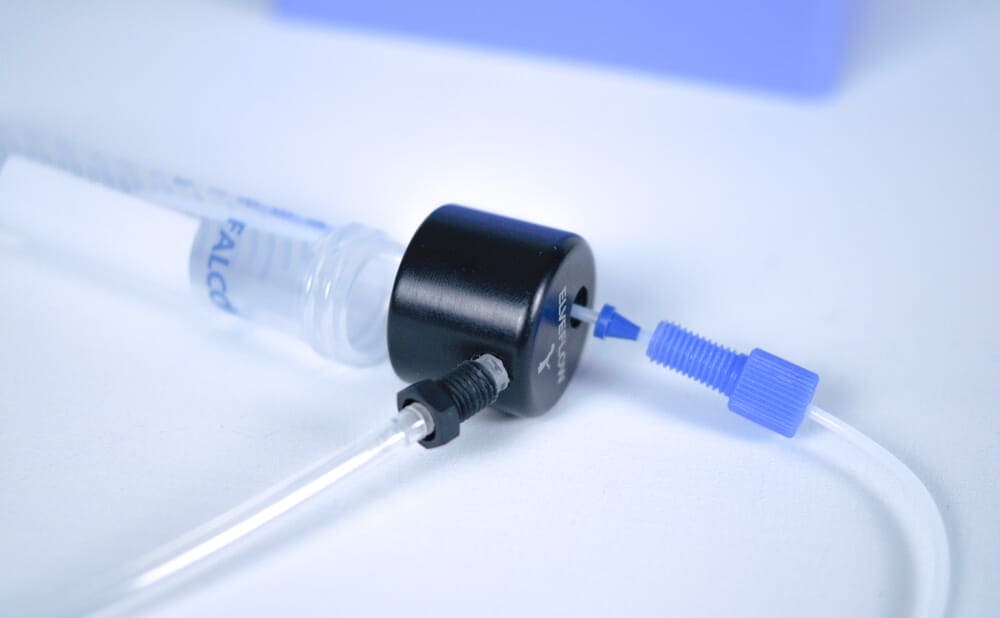
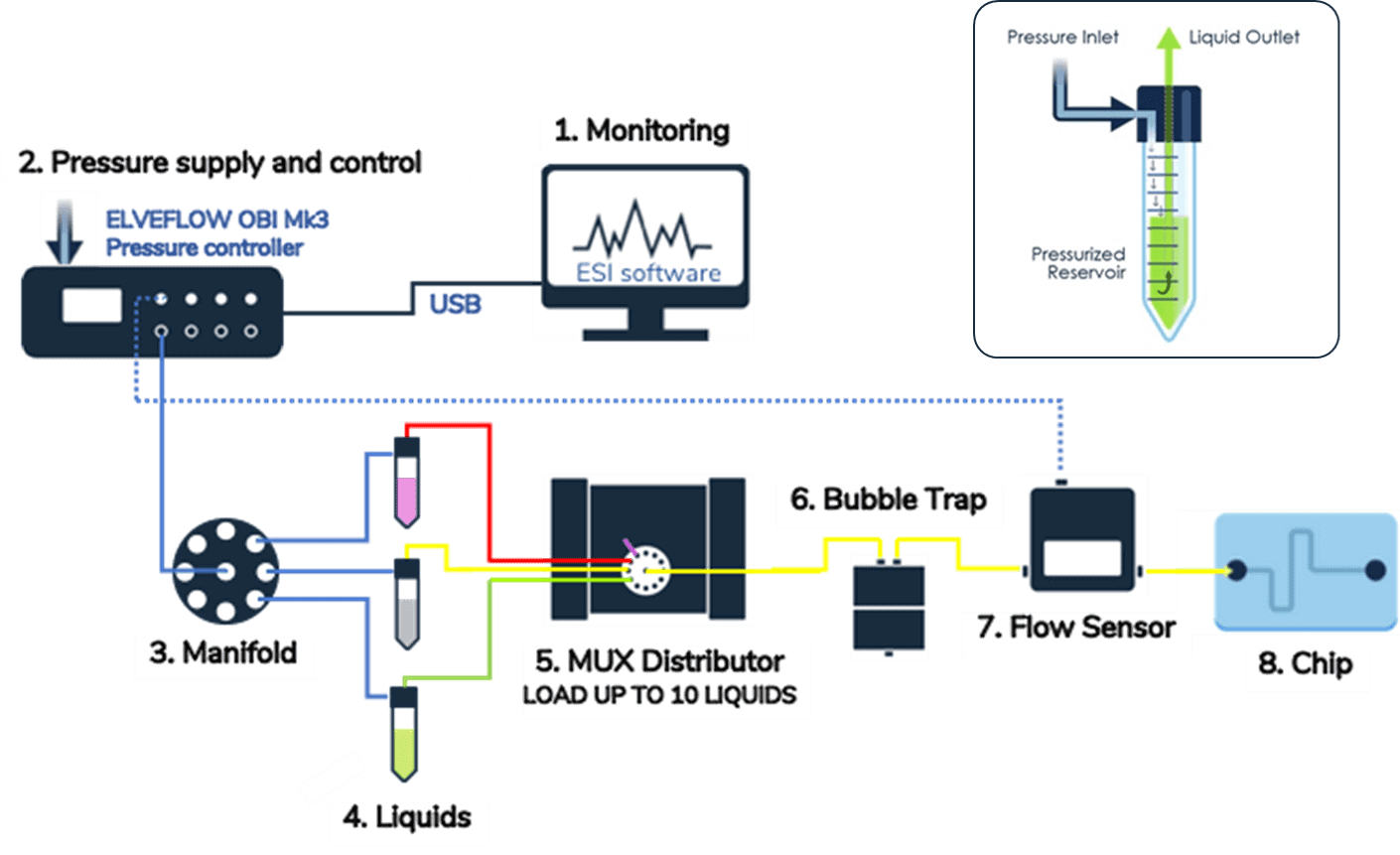

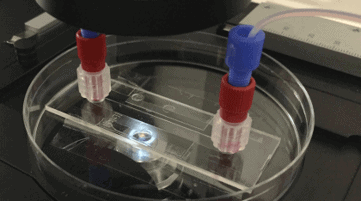
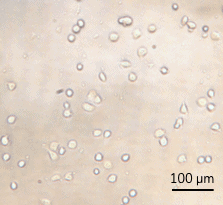


 Job
Job Collaborations
Collaborations Customer
Customer Other
Other